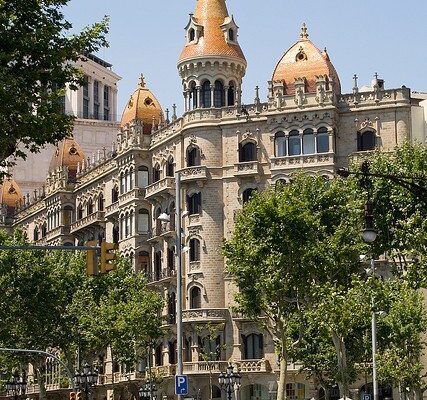Plaça de Catalunya in Barcelona
Plaça de Catalunya is the central square and one of the most beautiful places in Barcelona, from where the most popular tourist routes around the city start. The open space is an iconic spot of the Catalan capital and the center of the vibrant life of this city. Plaça Catalunya lies on the border of two neighborhoods, the Old Town and the Eixample. From the square, travelers head to the Gothic Quarter, Gaudi’s genius Balho House, the pedestrian street La Rambla and the shopping thoroughfare Passage de Gracia.
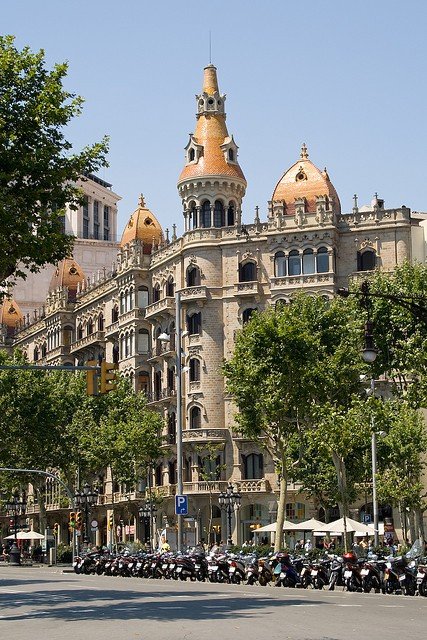
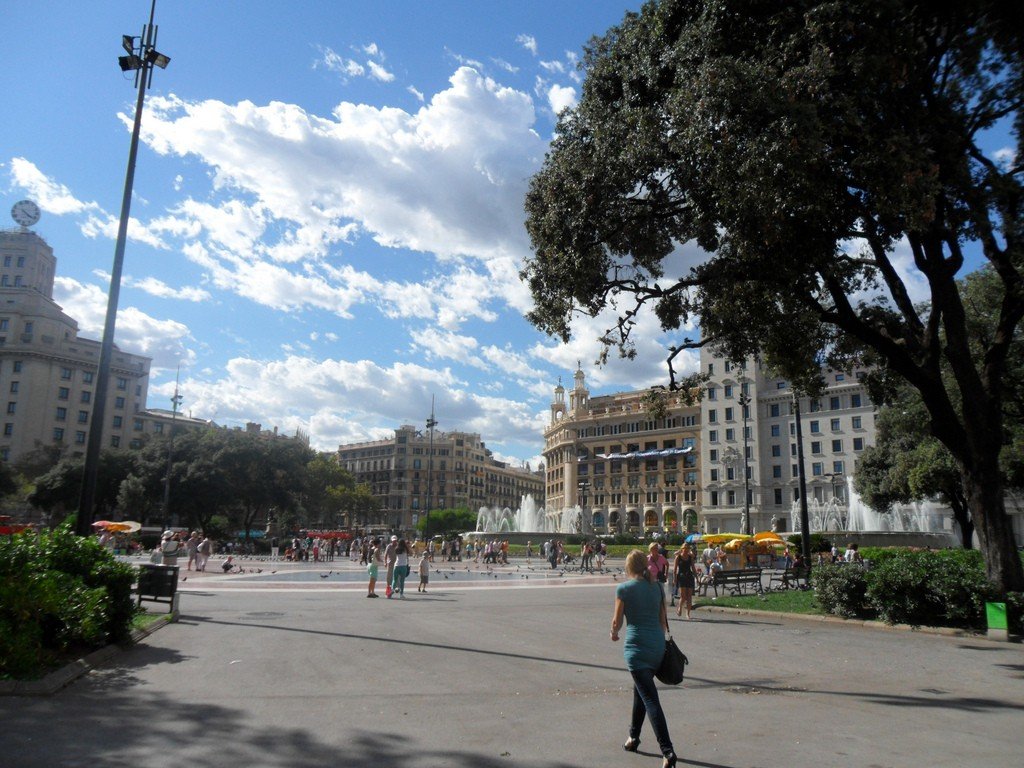
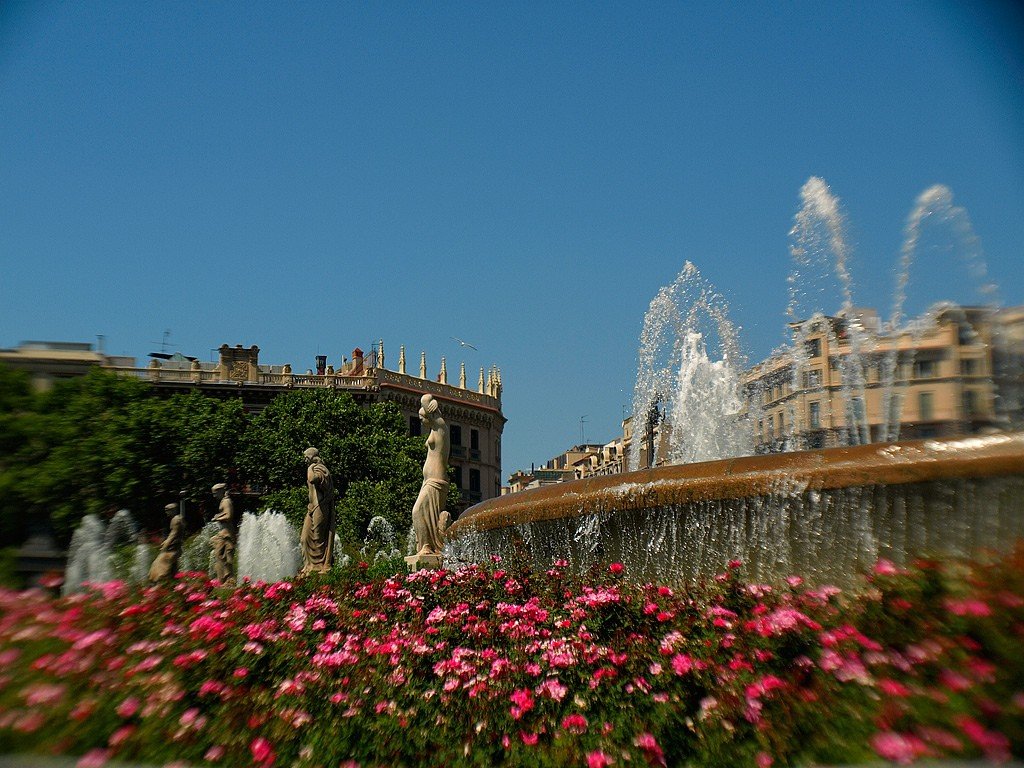
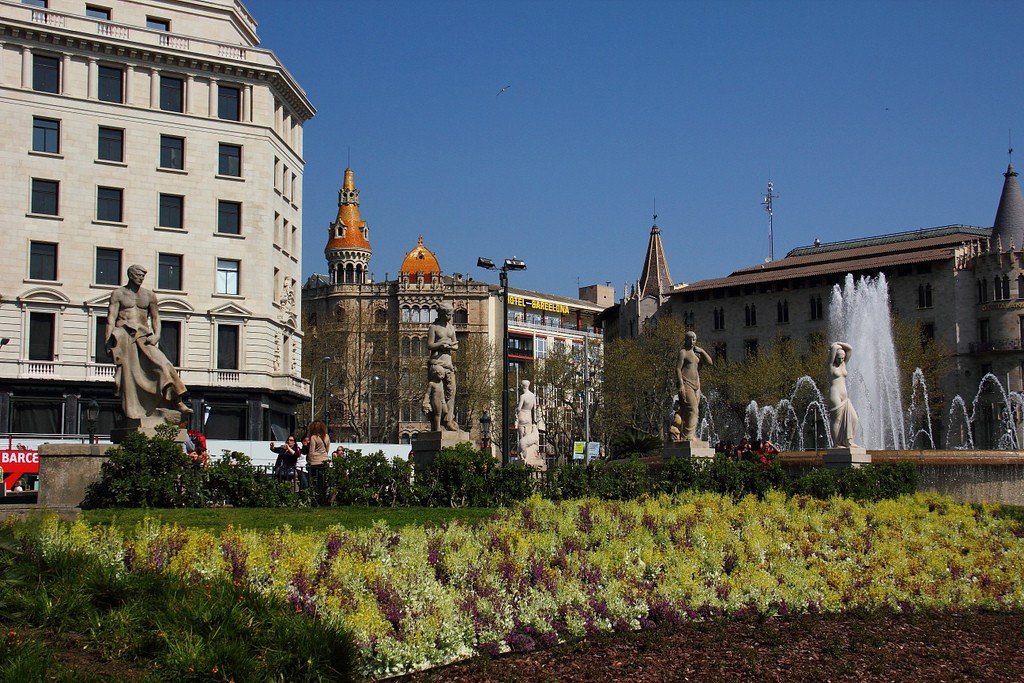
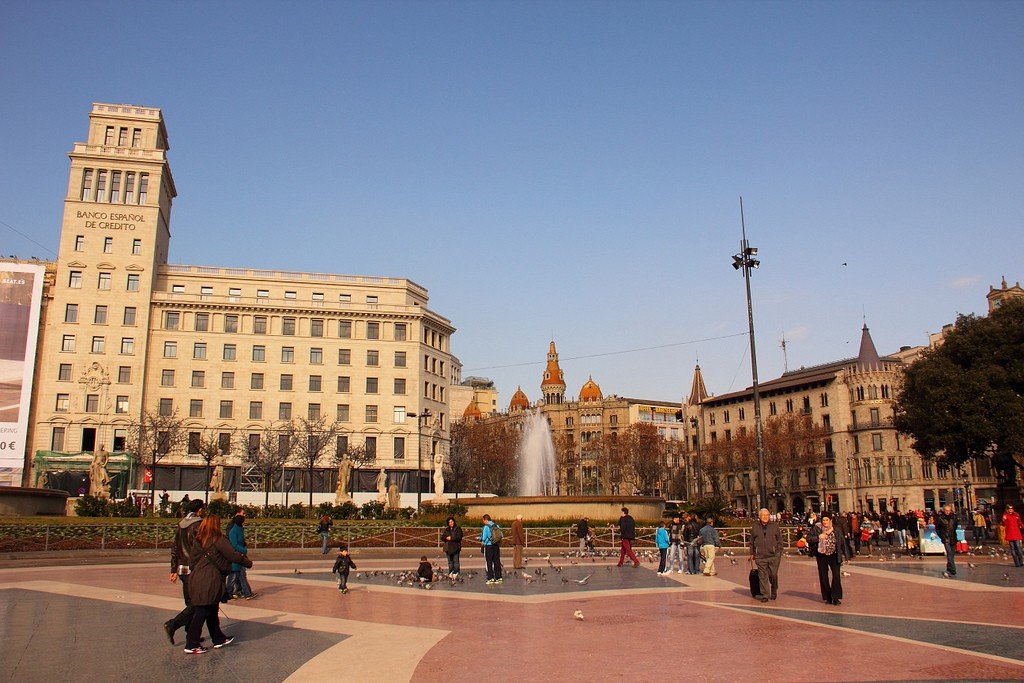
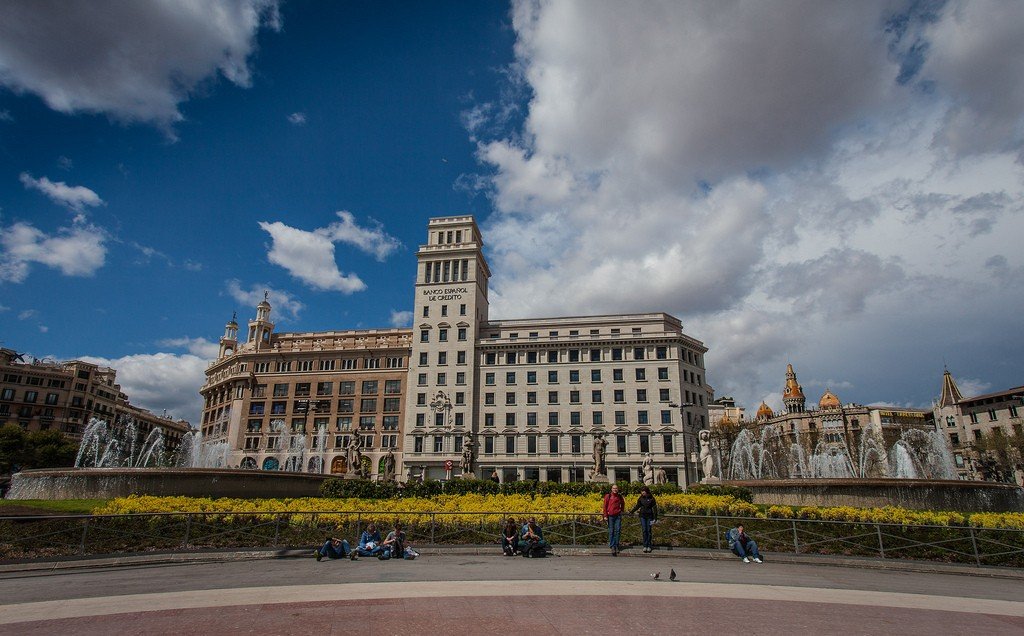
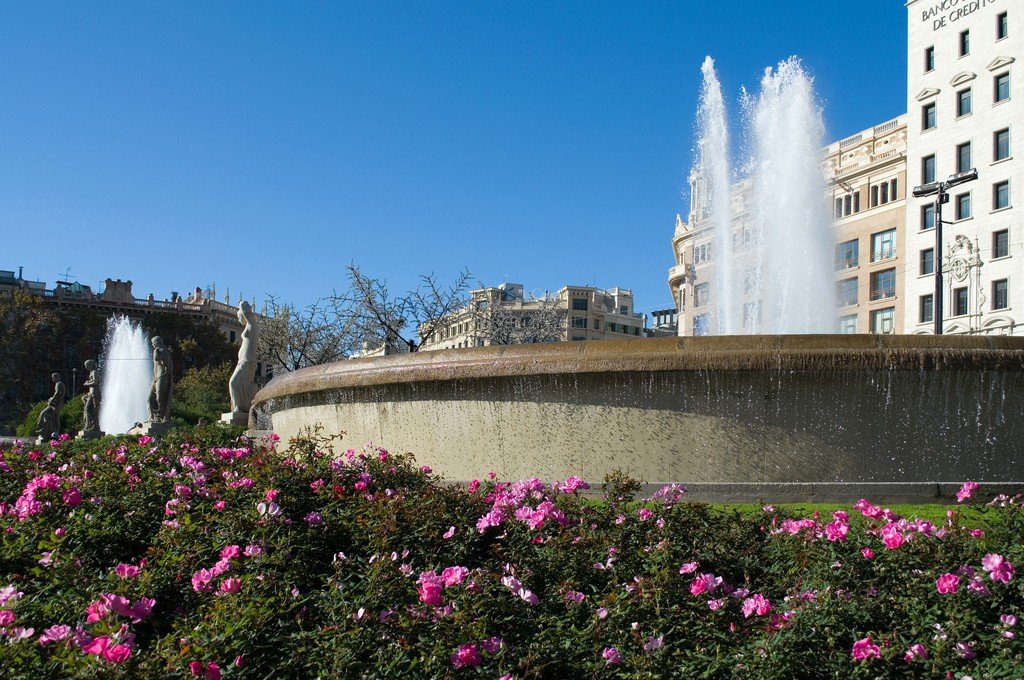
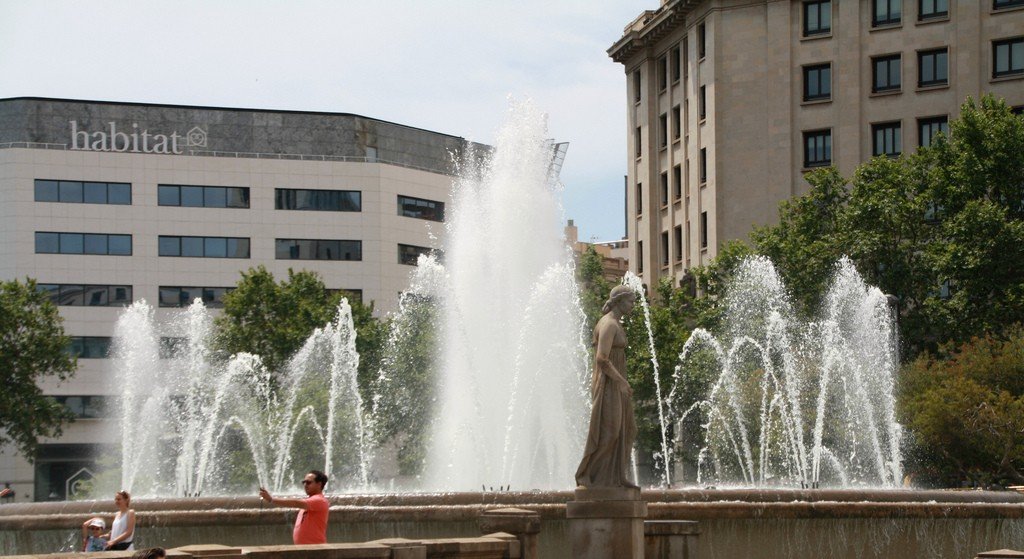
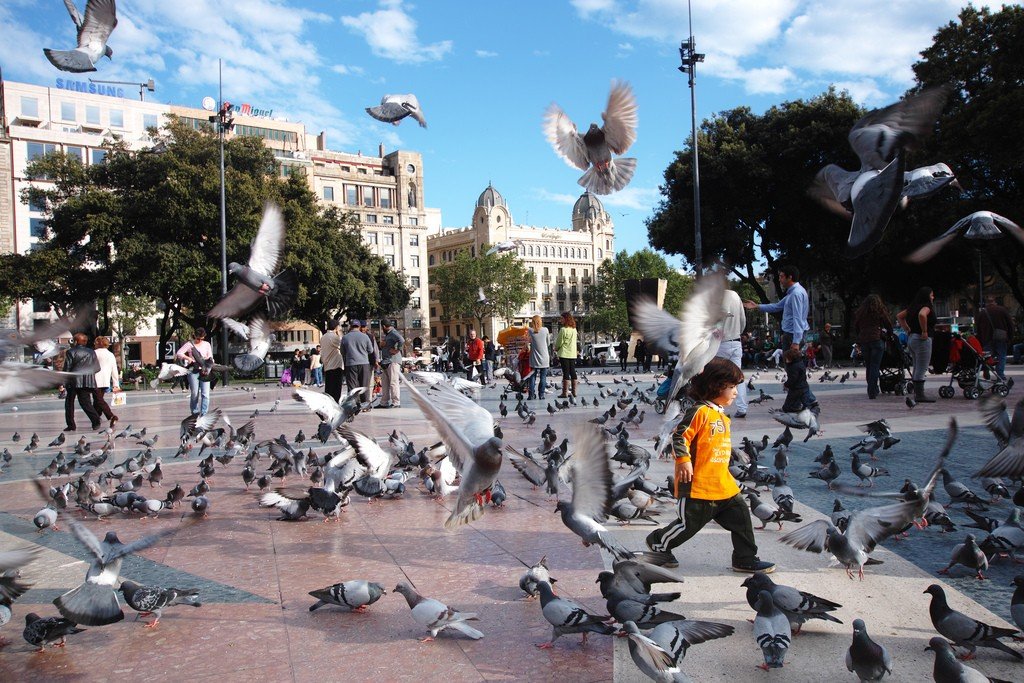
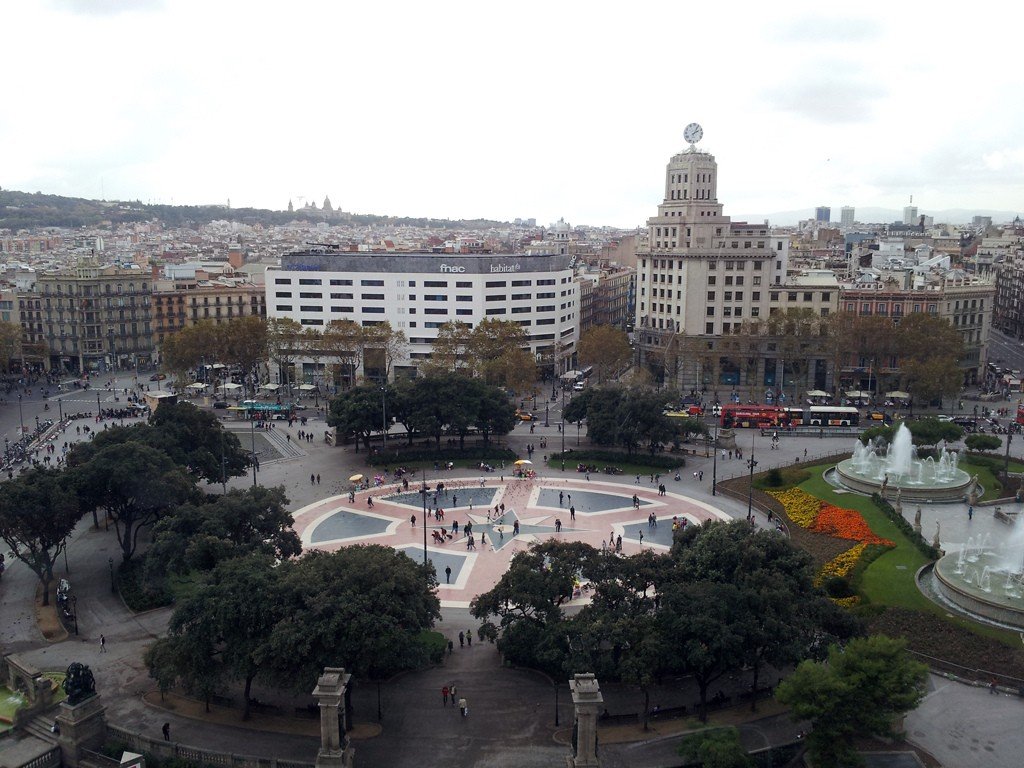
- Highlights
- History of the construction of Plaza Catalunya
- Monuments in Barcelona’s Plaza Catalunya
- Travel information
- How to get there
Highlights
To the northeast of Plaza Catalunya rises the nine-story El Corte Inglés department store, offering residents and visitors to Barcelona an unlimited selection of goods. The large shopping center is known among shoppers for its high panoramic restaurant, luxurious delicatessen store, and popular cafes. It should be noted that the prices in all the neighborhood restaurants can not be called cheap.
.Plaza Catalunya is a favorite place for pigeons, which tourists like to feed. It is decorated with several fountains and sculptures made by famous artists of the 20th century. This place is often used for large festivals, exhibitions, concerts and other mass events. The Catalan Book Week is held here every year. And in winter, one of the largest ice rinks in Europe is poured in the open space, the area of which reaches 1 km².
.History of the construction of Plaza Catalunya
Surprisingly, Plaza Catalunya does not have as long a history as it may seem. Until 1858, it was outside the city walls and was an unpopulated wasteland in front of the city gates, which was surrounded by village buildings. Then the Barcelona government decided to demolish the old city walls and start construction. As a result of a competition, the design for the new square, prepared by Idelfons Cerda, was chosen. It was used to build a square-sun with rays diverging in all directions.
.
The architectural ensemble around the new building was formed by 1888. It was only slightly modified in 1929, when Barcelona hosted the International Exhibition. The rectangular space of about 50 thousand m² is surrounded by buildings built in the traditions of historicism and neoclassicism. Among them stands out a representative house with an expressive baroque facade, which belongs to the Credit Bank of Spain.
.Monuments in Barcelona’s Plaza Catalunya
The center of Plaza Catalunya is paved with stone. The most famous monument in the square is dedicated to Francesc Masia, the military figure who proclaimed the independence of the Catalan Republic (1931). The monument is unusual and is made of two massive granite blocks, one of which looks like an inverted ladder. The sculptural composition appeared here in 1991, and its author was the famous Catalan artist José María Subirax.
.
Two sculptures depicting expressive female figures invariably attract the eyes of tourists. At one end of the Plaza Catalunya in the middle of a small pond is installed “Goddess” – a marble copy of the work of Josep Clare (1910), and in another place stands the monument “Youth” created by the same sculptor..
The monument “Shepherd with a Flute” looks great in the open space, and two equestrian groups look very spectacular. The stallions, tamed by a man and a woman, symbolize “Labor” and “Wisdom”. Catalonia consists of four provinces, and each of them is represented by a separate sculptural group in Barcelona’s main square.
.Travel information
Underneath Plaza Catalunya is the Tourist Information Center, where you can get details about Barcelona hotels, city transportation, museum and exhibition hall schedules, and opening times of cafes and restaurants. Discount cards are sold here. These cards can be used to get a significant discount when visiting local attractions. In addition, the information center sells bus tours and gives out free maps of Barcelona in different languages.
.
How to get there
Plaza Catalunya is located on the northwestern edge of the Old Town. Four branches of the Barcelona Metro run underneath it: the L1, L2, L6 and L7. It is also easily accessible by train (stop “Placa de Catalunya”).
.
Nine streets converge on the square and several city buses stop here, including the A1 and A2, which run to the airport. The Barcelona City Tour and Barcelona Bus Turístic buses, which are popular with tourists, also stop here.
